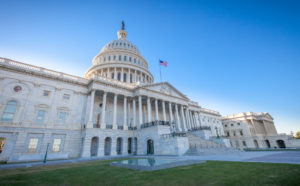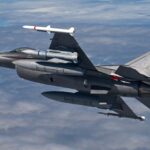
The Senate Armed Services Committee (SASC) has approved the development of a new Space Force under the Air Force in its fiscal year 2020 National Defense Authorization Act (NDAA) markup, but put steps in place to ensure the sixth military branch is rolled out without excess red tape. The committee points to the requirements laid out in the 2018 National Defense Strategy and calls for “a cohesive strategy” to protect U.S. capabilities and assets in space in an executive summary…

 By
By 











